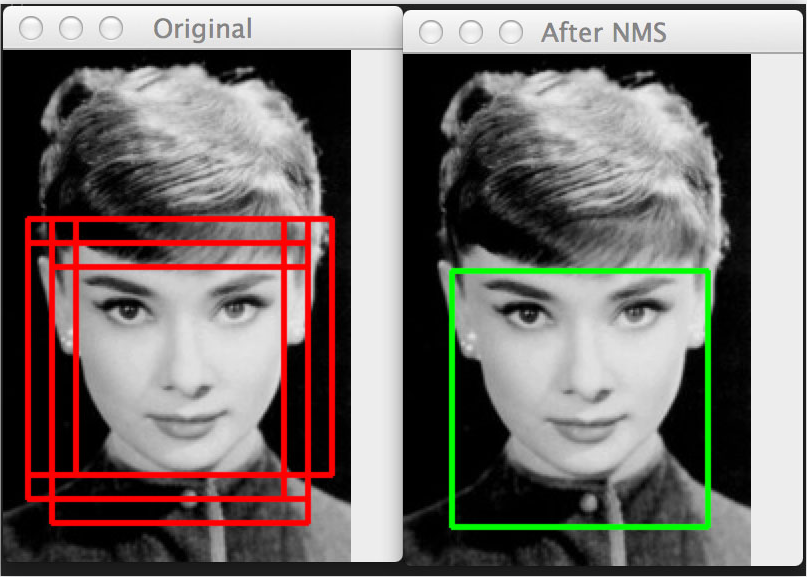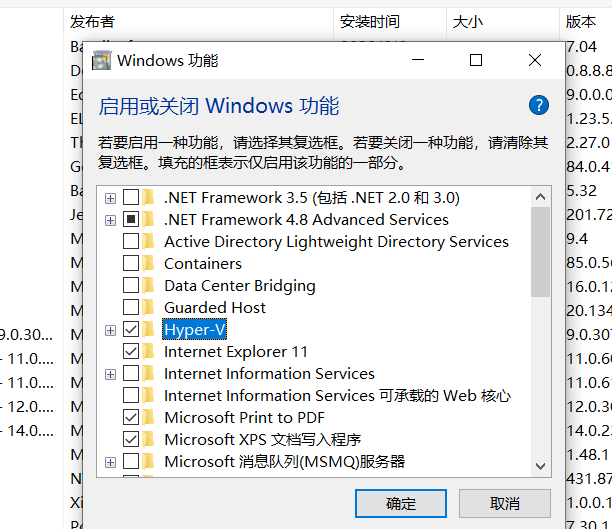Quick Introduction to timelineR
Kenton Russell
2015-10-02
timelineR lets us use the new d3.layout.timeline from Elijah Meeks to make interactive d3.js swimlane timelines. If you prefer the more traditional graphics orggplot2 from R, we can also leverage d3.layout.timeline using V8 to produce static plots.
Installation
devtools::install_github("timelyportfolio/timelineR")
Examples
I very much appreciate when authors of R packages and JavaScript libraries provide helpful examples to demonstrate their fine work and provide a foundation for its use. This is definitely the case with Elijah Meeks and d3.layout.timeline. Let’s start our exploration of timelineR by recreating Examples With Dates.
Starting Point
library(timelineR)# example with dates provided by d3.layout.timeline author# Elijah Meeks# http://bl.ocks.org/emeeks/280cb0607c68faf30bb5t1 <- timeline(read.csv("http://bl.ocks.org/emeeks/raw/280cb0607c68faf30bb5/wars.csv"),colorScale = htmlwidgets::JS('d3.scale.ordinal().domain(["European","Native","Colonial","Latin America","Internal"]).range(["#96abb1", "#313746", "#b0909d", "#687a97", "#292014"])'),color = "sphere",height = "400",width = "80%")t1
Add an Axis
add_axis(t1)
1780179018001810182018301840185018601870188018901900
Customize and Style
# use this example as inspiration# http://jasonheppler.org/projects/war/library(pipeR)t1 %>>%add_axis(tickSize = 400) %>>%add_tasks(htmlwidgets::JS('function(){var svg = d3.select(this.el).select("svg");svg.selectAll(".timeline-axis > path").style("fill","none").style("stroke","none");svg.selectAll(".timeline-axis .tick line").style("stroke","gray").attr("stroke-dasharray","5 5");svg.selectAll("rect").style("stroke","white").attr("rx",4);}'))
1780179018001810182018301840185018601870188018901900
Static Plots with ggplot2
In a feat of super-isomorphism, let’s use d3.layout.timeline to calculate the layout and coordinates for a ggplot2 chart.
library(ggplot2)library(V8)ctx <- new_context()# get d3ctx$source(system.file("htmlwidgets/lib/d3/d3.min.js",package="timelineR"))## [1] "true"# get d3.layout.timelinectx$source(system.file("htmlwidgets/lib/d3.layout.timeline/d3.layout.timeline.js",package="timelineR"))# assign the simple example data to datactx$assign("data", read.csv("http://bl.ocks.org/emeeks/raw/d24171dac80dd535521b/int_bands.csv"))# do the layout and get it in Rinvisible(ctx$eval('var timeline = d3.layout.timeline().size([1000,300]).bandStart(function (d) {return d.s}).bandEnd(function (d) {return d.e}).dateFormat(function (d) {return parseInt(d)})timelineBands = timeline(data);'))# see if it workedtime_bands <- ctx$get("timelineBands")library(ggplot2)ggplot(time_bands,aes(xmin = start,ymin = y,xmax = end,ymax = y + dy)) + ylim(300,0) + geom_rect(fill = "#687a97", colour = "white")
![Image 1][]
Thanks
Elijah Meeks
Elijah has made significant contribiutions to the d3.js community. I highly recommend his book D3.js in Action.
Mike Bostock
Mike Bostock has provided us an unbelievable platform to do amazing things withd3.js.
Ramnath Vaidyanathan and RStudio
Ramnath Vaidyanathan and the very skilled, generous folks at RStudio have made it easy with htmlwidgets to seamlessly integrate interactive JavaScript/HTML/CSS in R.
[Image 1]:



































还没有评论,来说两句吧...